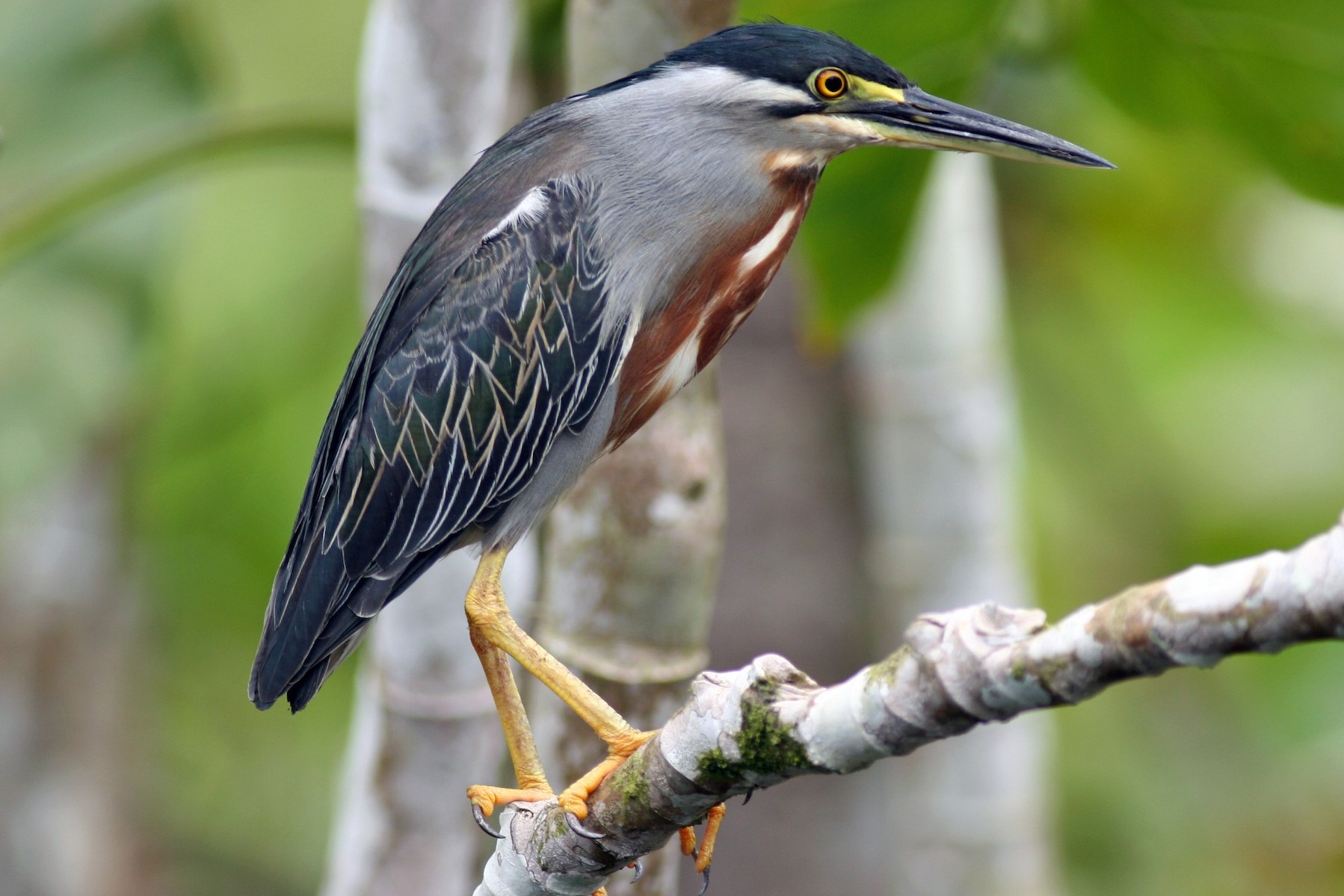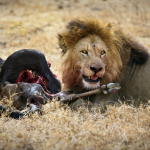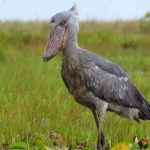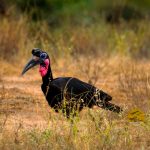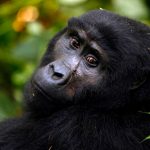The Graceful Sentinel: A Scan of the Striated Heron in Uganda.
Striated Heron in Uganda (Butorides striata). Nature shapes each day’s pulse in Uganda’s emerald territories. Among the subtle elegance, there exists an ensemble of graceful extreme-the Striated Heron, Butorides striata. Largely resilient, this bird interlaces its existence along the myriad wetlands, rivers, and marshes of the country, making Uganda all the more rich in its biodiversity.
Physical Appearance and Description of the Striated Heron.
It is small in size and compact, also popularly known as Little Heron. It usually measures about 44-47 centimeters and bears blue-gray upperparts with sharp dark streaks or striations alongside. Its underparts are white, while it comes with a sharp and pointed bill, long legs, and slender neck. Yellow eyes contrasting strikingly, add brightness to its appearance. The striated or streaked neck is its most distinctive trait, setting it apart from other herons.
Habitat and Distribution of Butorides striata
The Striated Heron inhabits a variety of wetland sites in Uganda, ranging from lakeshores and riverbanks to marshes, ponds, and mangrove estuaries. They are well distributed both in freshwater and brackish water and thus are adaptable in various wetland ecosystems. These herons occur throughout Uganda with notable populations resident in several national parks and protected areas such as Queen Elizabeth National Park, Murchison Falls National Park, and Lake Mburo National Park.
Adaptation and Behaviour of the Striated Heron.
The Striated Heron is cloaked in mottled, brown plumage-a great disguise-and exhibits tremendous patience. Its neck is ready to spring like a coiled spring, with the dagger-like beak ready to strike at a moment’s notice, held at the perfect angle for delivering fatal blows. Such precisions this bird uses to hunt are first-class, with an eye out for the slightest movement of small fish, amphibians, and crustaceans while attacking.
But beyond its hunting prowess lies an animal of profound adaptability. Apart from its mates, the Striated Heron is not bound to freshwater habitats only. It does equally well along brackish shores of estuaries and coastal mangroves, where ebbs and flows of tides prescribe the rhythm of life. This versatility in habitat selection stands as a testament to its remarkable ability to thrive in diverse ecological niches.
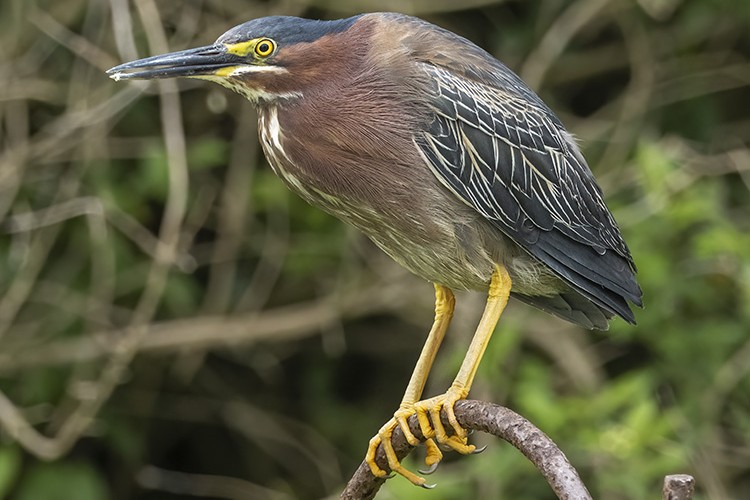
Breeding and Nesting:
During the breeding season, Striated Herons construct tree branches or thick vegetation close to water bodies. They build a platform of sticks and reeds for their nest, laying a clutch of 2-4 pale greenish-blue eggs. Incubation of the eggs, and looking after the chicks by both parents, is a shared responsibility right until the fledging stage for safety and food purposes.
Conservation Status:
It faces no global threats; its population is said to remain stable within most of its habitats. Its conservation, however, still finds wetland protection important, as human activities and habitat deterioration increasingly threaten the species. There exist various societies for conservation and government agencies involved in protecting such wetland habitats to ensure continued survival of the Striated Heron in Uganda.
Remarks on Striated Heron in Uganda.
The Striated Heron adds a form of unassuming beauty to Uganda’s rich avifauna, being perfectly adapted to wetland ecosystems. With such a magnificent species in such a habitat, this particularly stands for the need for conservation of Uganda’s vital wetlands for the benefit of future generations, who have much to look forward to in terms of rich biodiversity that proudly comes from the “Pearl of Africa”.


